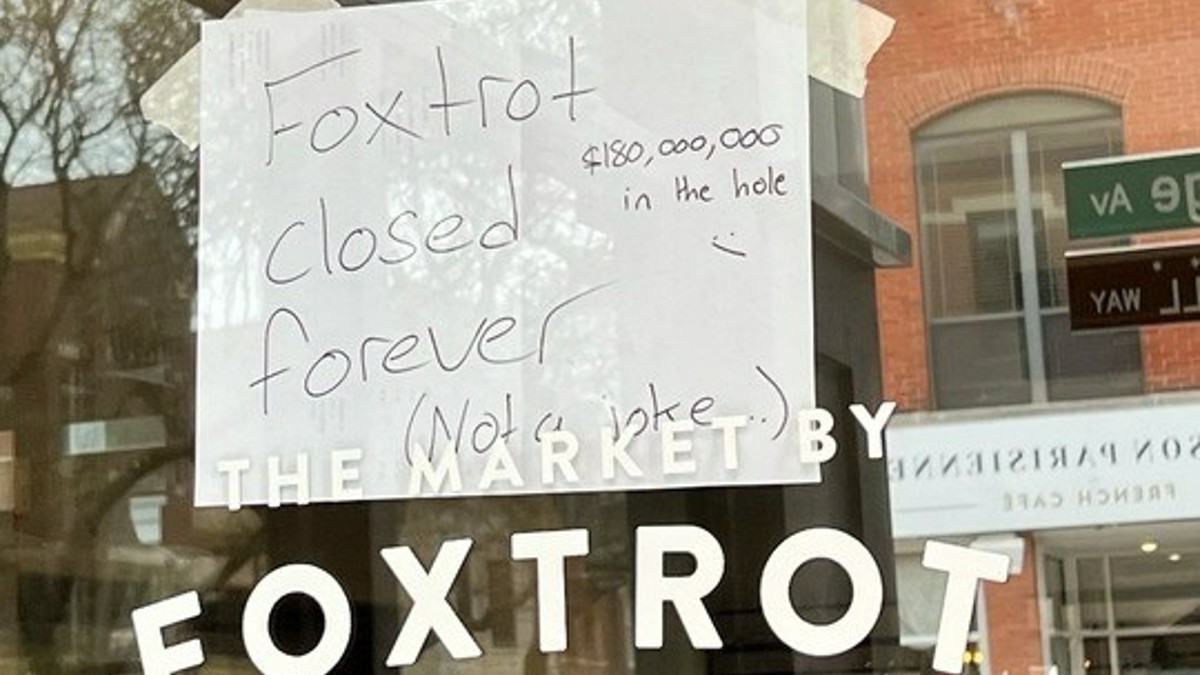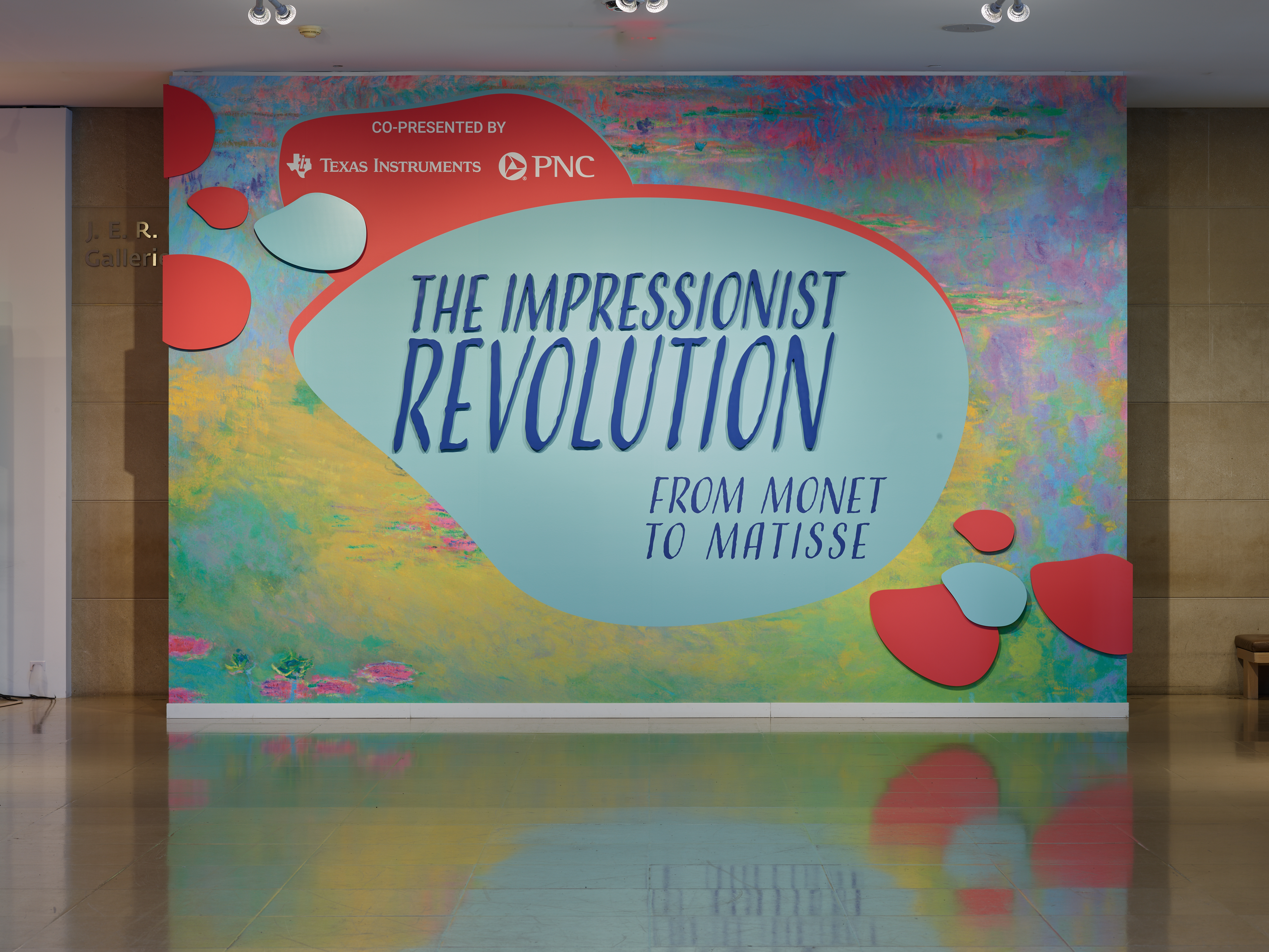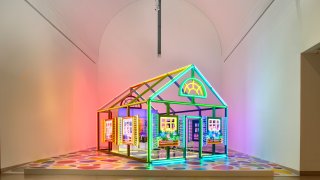
You can learn a lot about a person by looking at their house. That is the premise behind “For a Dreamer of Houses,” a contemporary art exhibition now on view at the Dallas Museum of Art through July 4, 2021.
The exhibition was scheduled to open to the public on March 15, but the museum closed on March 14 because of the coronavirus pandemic. After five months of peering into relatives’, friends’ and colleagues’ houses during Zoom meetings, visitors can now see contemporary artists’ interpretations of such intimate spaces.
Fifty-four works are organized thematically, inspired by chapters of Gaston Bachelard’s 1958 book The Poetics of Space. Most works are from the museum’s permanent collection, including nine new acquisitions and ten works by artists with connections to Texas.

Alex Da Corte’s neon frame house, Rubber Pencil Devil, is the centerpiece of the “Dialectics of Inside and Outside” section of the exhibition. The outside of the fanciful house conjures the holidays that frame childhood memories. Visitors are welcome to stand in the house two at a time and watch an absurdist video starring the artist.
“He’s dressed like a lot of childhood icons, but with a very dark sense of humor in a lot them. There are a lot of childhood figures doing things that are not so childlike. It’s a testament to how these influential figures we encounter in our childhood inform our psychological development throughout our lives,” Anna Katherine Brodbeck, the Hoffman Family Senior Curator of Contemporary Art and organizer of this exhibition, said.
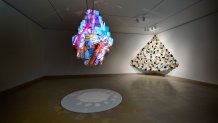
Intimate apparel is at the heart of “Intimate Immensity.” Pipilotti Rist’s Massachusetts Chandelier consists of worn – and cleaned – undergarments. Janine Antoni transforms men’s pants pockets into art. “It marks the interesting threshold between something that’s very welcoming but also feels a little encroaching with a very provocative title, Grope,” Brodbeck said.
The Scene
In “Drawers, Chests and Wardrobes,” playful works and commemorative pieces reflect private desires and haunting memories. EJ Hill’s Desk draws attention to violence against communities of color and educational inequity. The desk features a message from the mother of Tamir Rice, a 12-year-old boy killed by police while playing in a park in 2014.
“There’s a dedication by Samaria on the desk and visitors are encouraged to stand behind the desk, put themselves in the position and in the situation and read the dedication,” Brodbeck said.
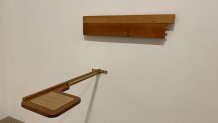
Francisco Moreno’s Chapel dominates “Nests.” The artist was born in Mexico and grew up in Arlington. This plywood arched structure is the first of Moreno’s works to be acquired by a major museum and features his distinctive style.
“At the core of my practice, I like to draw and I’m always trying to find ways to push drawing to the limit in unconventional ways,” Moreno said.
The work filled with a collage blending classic and contemporary cultural references was inspired by 12th-century Spanish Romanesque chapel Moreno saw at the Prado Museum in Spain. “It was pretty much a room that was covered in hand-painted figures and designs and patterns and it felt really warm,” Moreno said. “I fell in love with the room.”
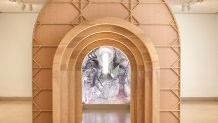
Paintings, photographs and works on paper depicting non-socially distanced family gatherings hang on the walls surrounding Chapel, reflecting the idea that rooms are containers for relationships.
In the “Shells” section of the exhibition, a photo by Misty Keasler speaks to the experience of the current pandemic. Keasler spent a summer in Romania, rocking babies in an orphanage and making photos. She deliberately chooses to take photos without people, focusing on the room.
“I really think interiors are so much more descriptive about our culture, of who we are and what our values are, so I think that why I continue to return to the interiors of photographs again and again,” Keasler said.
Keasler’s Green Room is a photograph of one of the orphanage’s quarantine rooms. She remembers orphans spending time in rooms painted in bright colors to appear more cheerful. Some children were there for a few days while others never left. “It was a space that had a lot of history,” Keasler said.

This exhibition transforms the perception of the most personal spaces that make up everyday life, a poignant reflection during an isolating pandemic.
“I think it’s beautiful to go back and see those things now that we’ve been home for a while, to see that beloved piece of furniture or that sitting room where you used to sit with your grandmother,” Brodbeck said. “The memories home evokes are so incredible.”
The Dallas Museum of Art is open Thursdays – Sundays. Masks and advanced timed tickets are required. Learn more: https://dma.org/

